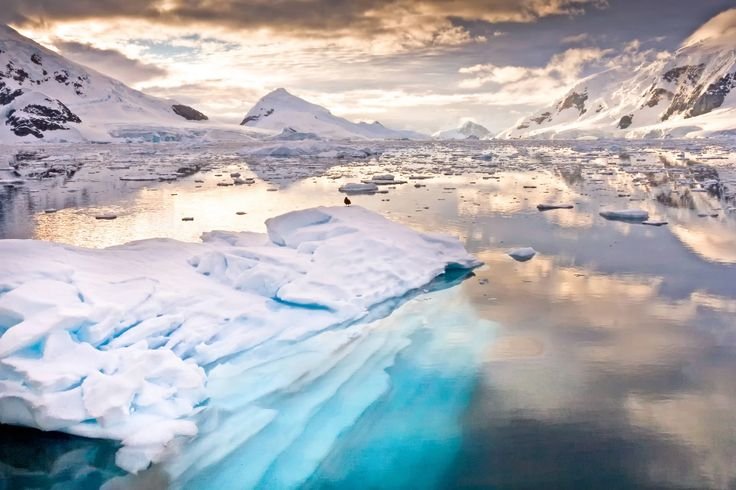How Many Countries in the World and How Many Continents?
The Continents of the World
1. Africa

Key Facts about Africa
Africa is the second-largest and second-most populous continent on Earth. Covering over 30 million square kilometers, it is home to 54 countries, each with its own unique culture, language, and history. Africa is known for its vast deserts, rainforests, and savannas, but it’s also a continent of modern cities and growing economies.
Largest Countries in Africa
The largest country in Africa by area is Algeria, while Nigeria takes the crown for having the largest population. These two giants play a key role in the political and economic landscape of the continent.
2. Antarctica

The Frozen Desert
Antarctica, often referred to as the frozen desert, is the only continent without a native human population. It’s a land of ice and snow, where temperatures can plunge to a bone-chilling -80°C in the winter. Despite the harsh conditions, Antarctica is teeming with wildlife like penguins and seals.
Who Lives in Antarctica?
No one permanently lives in Antarctica. However, during the summer months, around 1,000 to 5,000 researchers from various countries set up temporary scientific bases. Their work helps us understand climate change, wildlife, and Earth’s history.
3. Asia

Largest Countries in Asia
Asia is the largest continent, both in terms of land area and population. China and India are not only the biggest countries on the continent, but also the most populous in the world. Together, they are home to over 2.7 billion people—about 35% of the global population.
Cultural Diversity of Asia
Asia is incredibly diverse, boasting a vast array of cultures, languages, and religions. From the bustling streets of Tokyo to the peaceful temples of Thailand, Asia offers a unique blend of ancient traditions and modern innovations.
4. Europe

Western vs. Eastern Europe
Europe, though small in size compared to Africa and Asia, is home to 44 countries. It is often divided into two regions—Western and Eastern Europe—each with its own distinct cultural and historical influences. Western Europe is typically associated with economic powerhouses like Germany and France, while Eastern Europe includes countries like Poland and Ukraine, which have unique cultural identities shaped by their historical experiences.
The European Union and Its Members
The European Union (EU) is a political and economic union of 27 European countries that are located primarily in Europe. It facilitates trade and ensures that member countries share common laws on matters such as agriculture, fisheries, and regional development.
5. North America

Countries of North America
North America consists of three major countries: the United States, Canada, and Mexico. Each has its own distinct identity, but they are closely linked through trade agreements like NAFTA.
Central America: A Subregion of North America
Central America, made up of seven countries, is often referred to as a subregion of North America. These countries, including Costa Rica and Panama, act as a bridge between the larger landmasses of North and South America.
6. South America

The Amazon and Its Impact on South America
The Amazon Rainforest, which spans multiple countries, is South America’s most defining geographical feature. Covering about 40% of the continent, it plays a crucial role in the Earth’s ecosystem by absorbing massive amounts of carbon dioxide.
Economic and Cultural Diversity
South America is home to both prosperous and developing economies. Countries like Brazil and Argentina dominate in terms of economic power, but smaller nations like Bolivia and Paraguay contribute to the continent’s rich cultural mosaic.
7. Australia (Oceania)

What Defines Oceania?
Oceania is often grouped with Australia but includes a wide range of Pacific islands like New Zealand, Papua New Guinea, and Fiji. This region is known for its diverse marine ecosystems and island cultures.
Countries in Oceania
Oceania is home to 14 countries, with Australia and New Zealand being the most prominent. The region is also characterized by a collection of small island nations, many of which are renowned for their stunning beaches and rich cultural heritage.
How Many Countries Are in the World?
The Debate Over Country Recognition
Currently, there are 195 countries in the world. This includes 193 member states of the United Nations and two observer states: the Holy See (Vatican City) and Palestine. However, the number of countries can be a matter of debate, especially when considering disputed territories and regions that declare independence but are not widely recognized.
UN-Recognized Countries
The United Nations recognizes 193 countries as full members. Each of these nations has sovereignty over its own territory, a government, and the ability to interact with other states on an equal footing.
Disputed Territories and Unrecognized States
Some regions, such as Taiwan, Kosovo, and Western Sahara, claim independence but lack widespread international recognition. These disputed areas often function as de facto states, even though they are not recognized by the United Nations.
Conclusion
The world is home to 195 countries spread across seven continents, each with its own unique landscape, culture, and history. While some countries are globally recognized, others face disputes and challenges regarding their status. Whether it’s the icy plains of Antarctica or the bustling cities of Asia, our planet is full of diversity waiting to be explored.
FAQs
Q1 How many countries are there in Africa?
Africa has 54 countries, making it the continent with the most countries.
Q2 Is Antarctica a country?
No, Antarctica is not a country. It is governed by the Antarctic Treaty, which preserves it for peaceful research activities.
Q3 What is the smallest country in the world?
Vatican City is the smallest country in the world, both by area and population.
Q4 How many countries are in Europe?
There are 44 countries in Europe, including widely recognized states like Germany, France, and the UK.






Some really wonderful work on behalf of the owner of this web site, dead great content.